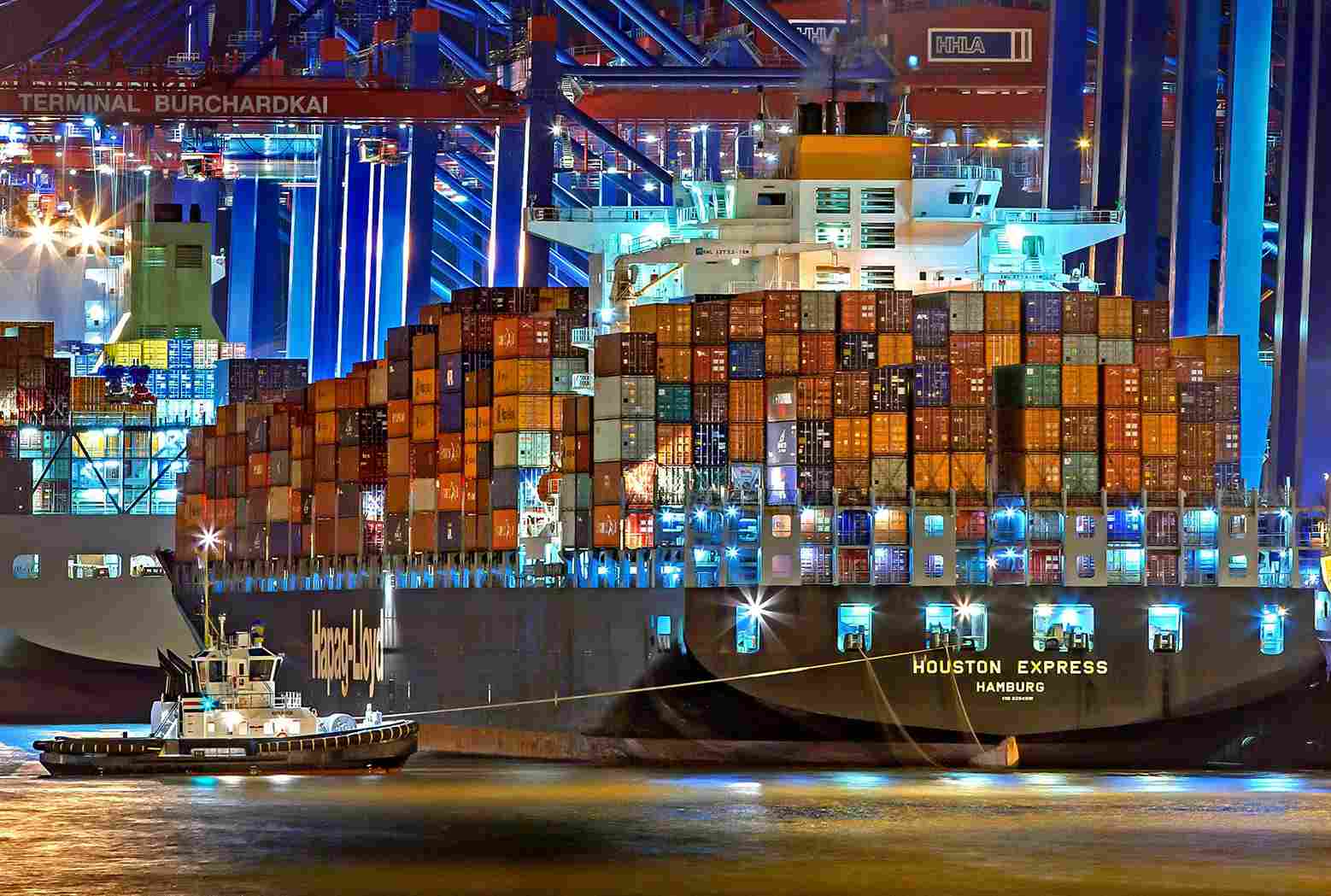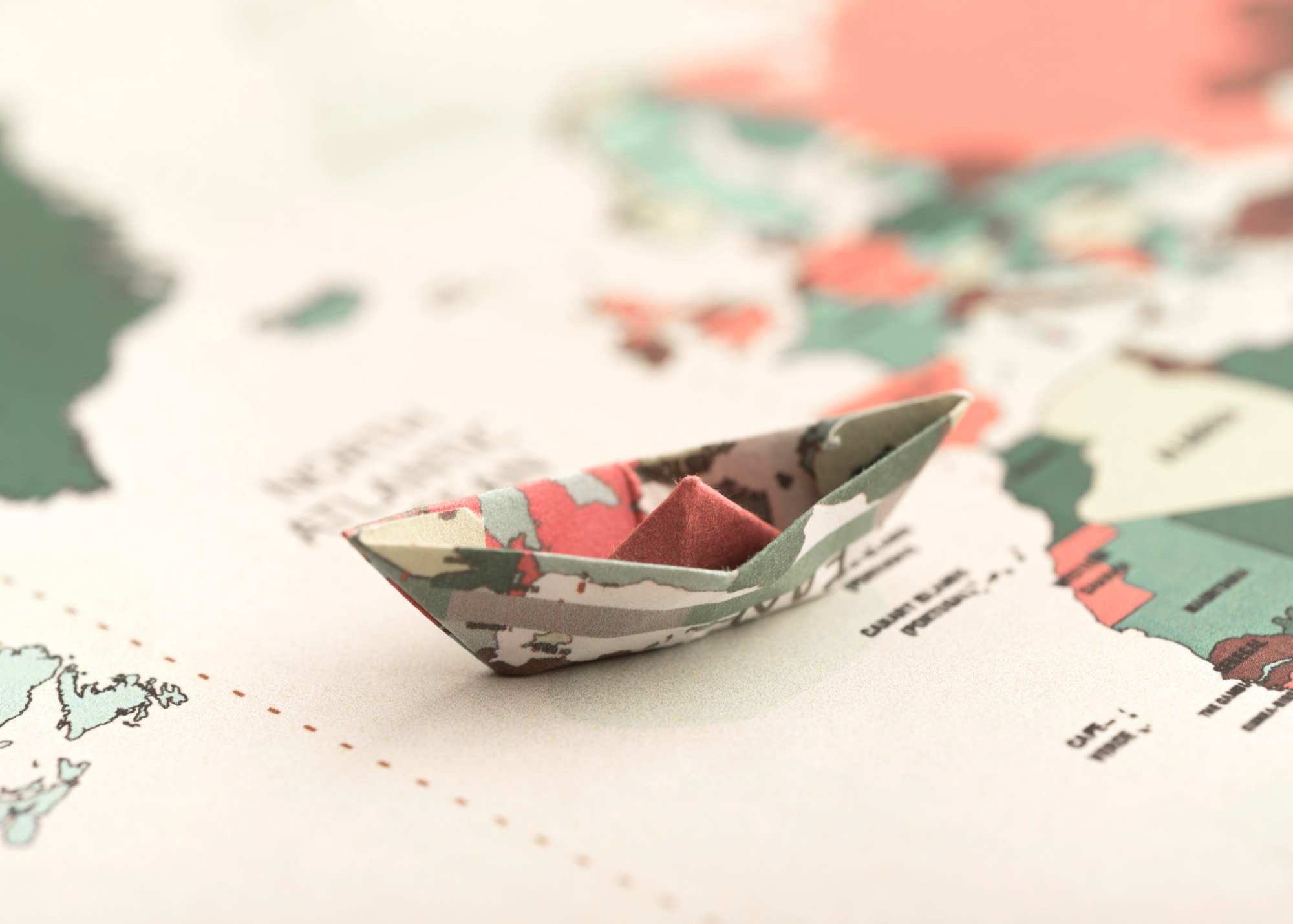Article content:
- General Rules of Sea Freight.
- New Rules for Sea Freight in China.
- Rules and Requirements for Sea Freight in Europe: What Has Changed.
- Tips for Optimizing Sea Freight.
Sea transport accounts for about 80% of the total turnover of goods in global logistics. Sea freight is strictly regulated: from local regulations and standards to international conventions and agreements between countries. Let’s take a detailed look at the current rules and what has changed in 2025 in the main directions.
General Rules of Sea Freight
Main list of requirements:
- Cargo must have reliable packaging and labeling, and it must be declared according to international requirements. Dangerous goods are especially strictly regulated under the IMDG Code.
- Documentation accompanies each shipment: Bill of Lading, invoice, packing list, certification, export and import declarations.
- Compliance with standards for different types of goods considering physicochemical properties, compatibility, size and weight, and type of vessel.
There is also a set of requirements and standards for transporting different types of products: bulk, oversized, and containerized cargo.
Bulk cargo transported in the hold, big bags, or tanks (special containers) is loaded evenly to maintain the vessel’s stability. During hold transport, surfaces are protected from contamination, dust is neutralized, and humidity and temperature are controlled.
If oversized cargo does not fit in the hold or on the platform, it may be transported on deck, secured with ropes, chains, or other fasteners. Goods are protected from saltwater splashes and sunlight with covers. This method is often used for oversized agricultural machinery from China.
Containers must be watertight, clean, and technically sound. All packaging must comply with ISO standards. Goods inside are arranged to ensure proper centering. Containers are secured to each other and/or to the deck using twist locks or stacking cones.
Safe sea freight rules specify goods that are strictly prohibited from shipment. These include cargo:
- Without reliable securing, not fastened with stationary, removable, or auxiliary fasteners.
- Without a complete set of accompanying documents.
- Prohibited for import into the destination country.
- Perishable goods whose shelf life is shorter than the time required to complete the route.
- Exceeding allowable limits: weight beyond vessel capacity, oversized structures preventing the container from being sealed.
In 2025, the industry is undergoing significant changes due to environmental initiatives and geopolitical situations. However, international rules and conventions still apply, describing the responsibilities of shippers and receivers:
- Incoterms — define the obligations of sellers and buyers.
- International Maritime Organization (IMO) Code.
- IMDG Code — rules for the transport of dangerous goods.
- Hague-Visby Rules (1968) — define carrier liability for loss or damage.
- Rotterdam Rules (2008) — a modern international convention regulating relationships between cargo owners and carriers. It includes information on containerization, multimodal transport, and electronic documentation.
- Chartering and freight rules — define hiring conditions, rights, and obligations of shipowners and agents chartering the vessel.
Understanding general and national conditions, which gradually change and adapt, is crucial to avoid delays, fines, and unforeseen expenses.
Features and Rules of Sea Freight in the USA: News for 2025
This year, the United States introduced new measures:
- Customs duties and fees for vessels built or operated by Chinese companies. They will now pay a fee for each entry into a U.S. port.
- Increased focus on port security. The “Secure Our Ports Act of 2025” prohibits participation of state-owned companies from China, Russia, North Korea, and Iran in the management of U.S. port infrastructure.
- Stricter customs control. Cargo documents must be submitted in advance. Inspections of shipments at customs terminals have also become more frequent.
Sea freight to the USA by DiFFreight is carried out in compliance with the new requirements, and we also assist with preparing the export documentation package.
New Rules for Sea Freight in China
China, the world’s largest exporter, is also introducing new conditions:
- An additional 1% agency fee for shippers without the right to export independently.
- Expanded powers of the China Maritime Administration. It can now request additional documents, voyage recorders, and conduct incident investigations.
Sea freight from China still takes 65–70 days. Transit times may slightly increase during peak season.
Rules and Requirements for Sea Freight in Europe: What Has Changed
The changes are mainly related to environmental regulations:
- “Fit for 55” package. Ships must gradually reduce emissions, starting with 2% this year. By 2030, carbon footprint is expected to decrease by 55%.
- Stricter emission quotas. Previously, ships paid for about 40% of their emissions. The new rule requires 70% environmental compensation. Sea freight to Europe will become more expensive, as shipping lines will raise freight rates to cover costs.
- CBAM — “Carbon Border Adjustment Mechanism” for goods with a high carbon footprint in production. For example, steel, cement, aluminum. The EU is tightening import control from other countries as part of its green policy.
The new sea freight rules will affect freight costs but will also improve environmental sustainability.

Tips for Optimizing Sea Freight
With rising rates, clients want to reduce logistics costs without compromising quality. DiFFreight offers a solution — transport optimization:
- Mechanized loading/unloading to save time (if necessary).
- Consolidation (groupage shipment): we have warehouses in China, Europe, and the USA.
- Booking space in advance before peak season ensures supply stability.
- Insurance — minimal risk in case of cargo loss or damage.
We adapt to the new realities of sea freight. Schedule a consultation to accurately calculate freight for your cargo in a specific direction.
FAQ - popular questions
1. What are the main regulations governing sea freight in 2025?
The key conventions remain the Hague-Visby Rules, Hamburg Rules, and Rotterdam Rules, which define the responsibilities of carriers and shippers in international maritime transport.
2. What has changed in sea freight regulations in 2025?
Key trends include digitalization of documentation (electronic bills of lading – eB/L), compliance with updated IMO 2020+ environmental standards, and increased sanctions screening for global trade routes.
3. What safety and insurance requirements apply?
All carriers must comply with the ISM Code and hold P&I Club insurance. Shippers are strongly advised to purchase cargo insurance to protect against loss, damage, or delay.
4. What documents are required for sea export from Ukraine?
You’ll need a commercial invoice, packing list, bill of lading, certificate of origin, sales contract, and customs declaration. Most freight forwarders assist with document preparation and verification.

